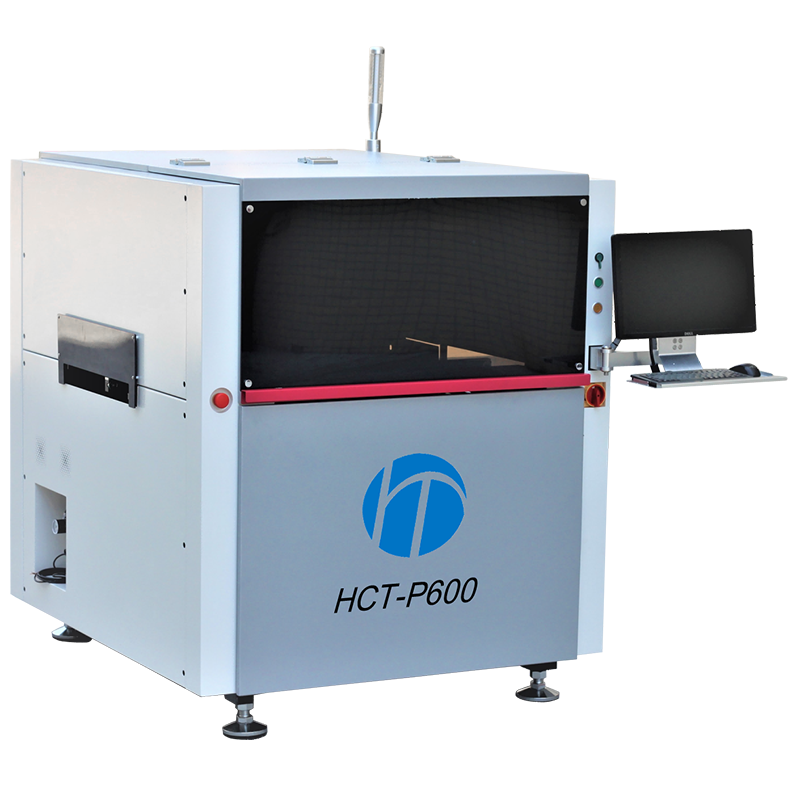Email format error
Email cannot be empty
Email already exists
6-20 characters(letters plus numbers only)
The password is inconsistent
Email format error
Email cannot be empty
Email does not exist
6-20 characters(letters plus numbers only)
The password is inconsistent


Redefining PCB Assembly: A Deep Dive into Solder Paste Printing Without Stencil
In the fast-paced world of PCB assembly, where precision and efficiency are paramount, innovations that challenge traditional methods are always welcome. Solder paste printing without stencil is one such innovation—a disruptive approach that promises to revolutionize the way solder paste is applied onto PCBs. This blog post embarks on a comprehensive exploration of this groundbreaking technique, uncovering its intricacies, advantages, challenges, and potential impact on the electronics manufacturing landscape.
Understanding Solder Paste Printing Without Stencil:
Solder paste printing without stencil represents a departure from conventional PCB assembly practices. Instead of relying on stencils to deposit solder paste onto PCBs, this innovative method leverages advanced printing technologies to achieve precise and controlled solder paste deposition directly onto the board's surface. Let's delve deeper into the mechanics of this transformative technique and unravel its implications for the industry.
The Limitations of Traditional Stencil-Based Methods:
Historically, stencil-based methods have been the cornerstone of solder paste application in PCB assembly. Stencils, typically made of metal, are used to define the pattern of solder deposits on the PCB surface. While effective, this approach has inherent limitations:
1. Stencil Design Constraints: Stencils are rigid and require meticulous design and fabrication processes. Any changes to the PCB layout necessitate costly revisions to the stencil, leading to delays and increased production costs.
2. Solder Paste Alignment Issues: Achieving precise alignment between the stencil and the PCB during solder paste application can be challenging. Misalignment can result in solder bridges or insufficient solder paste deposition, compromising the integrity of the solder joints.
3. Stencil Cleaning and Maintenance: Stencils require regular cleaning and maintenance to prevent solder paste buildup and ensure consistent print quality. Failure to maintain stencils can lead to defects and inconsistencies in solder paste deposition.
Embracing Innovation: The Advantages of Solder Paste Printing Without Stencil:
Solder paste printing without stencil offers a compelling alternative to traditional methods, with several key advantages:
1. Enhanced Precision and Control: By eliminating the need for stencils, the solder paste printing enables precise and controlled deposition of solder paste directly onto the PCB surface. Advanced printing systems utilize high-resolution printheads and precise motion control mechanisms to achieve micron-level accuracy in solder paste placement.
2. Flexibility and Adaptability: Unlike stencils, which are fixed and inflexible, the solder paste printing offers unparalleled flexibility and adaptability. Manufacturers can easily modify solder paste deposition patterns to accommodate design changes or variations in component placement, reducing setup time and increasing production agility.
3. Cost Efficiency and Waste Reduction: The adoption can result in significant cost savings and waste reduction. By eliminating the need for stencils and associated setup costs, manufacturers can streamline their production processes and reduce material waste, leading to improved efficiency and profitability.
Challenges and Considerations:
While solder paste printing without stencil offers compelling benefits, it is not without its challenges:
1. Printer Calibration and Optimization: Achieving consistent and reliable solder paste deposition requires precise printer calibration and optimization. Manufacturers must invest in robust calibration protocols and fine-tuning processes to ensure optimal print quality and reliability.
2. Substrate Compatibility and Surface Preparation: Certain PCB substrates and surface finishes may pose challenges for the solder paste printing. Manufacturers must carefully evaluate substrate compatibility and implement appropriate surface preparation techniques to ensure optimal solder paste adhesion and performance.
3. Process Validation and Quality Assurance: Validating the performance and reliability of the solder paste printing is essential for ensuring consistent product quality. Manufacturers must implement rigorous process validation protocols and quality assurance measures to monitor print quality and verify compliance with industry standards.
Applications and Implications:
The adoption of solder paste printing without stencil has broad implications across various industries and applications:
1. Electronics Manufacturing: In the realm of electronics manufacturing, the solder paste printing offers unprecedented flexibility, precision, and cost efficiency in PCB assembly. Manufacturers can accelerate production cycles, reduce costs, and enhance product quality by leveraging this innovative technique.
2. Rapid Prototyping and Design Validation: The solder paste printing is particularly beneficial for rapid prototyping and design validation. Engineers and designers can quickly iterate on PCB designs, making design changes on the fly and accelerating the product development cycle.
3. Low-Volume and Specialty Production: For low-volume and specialty applications, solder paste printing without stencil offers a cost-effective and scalable solution. Manufacturers can efficiently produce small batches of PCBs without the overhead costs associated with traditional stencil-based methods.
Conclusion:
In conclusion, solder paste printing without stencil represents a transformative advancement in PCB assembly technology. By harnessing advanced printing technologies, manufacturers can achieve unparalleled precision, flexibility, and cost efficiency in solder paste deposition. While challenges remain, the benefits of this innovative technique are poised to revolutionize the electronics manufacturing industry, paving the way for enhanced efficiency, agility, and product quality. As adoption continues to grow, solder paste printing without stencil is poised to become the new standard in PCB assembly, ushering in a new era of innovation and competitiveness.

